|
Heart rate variability (HRV) is an important metric for understanding your body's response to stress and recovery. HRV refers to the variation in time between each heartbeat, and is influenced by a variety of factors including physical activity, sleep, and stress. By tracking your HRV, you can gain insights into your body's autonomic nervous system and overall health and well-being. For example, a high HRV is generally associated with better cardiovascular system and health, while a low HRV can be a sign of stress or overtraining. There's not a normal HRV for men, women or even by age group. HRV is a unique individual metric that varies from one person to the next. You should only compare your HRV to your own value over time to gain a sense of what's a normal value for you. To improve your HRV, there are a few key strategies you can implement. These include getting enough sleep, managing stress, and engaging in regular physical activity. It's also important to fuel your body with healthy foods and stay hydrated. In addition to these lifestyle factors, there are also specific techniques you can use to improve your HRV. These include breathing exercises and meditation. These practices have been shown to reduce stress and improve overall health, which can lead to improved HRV. Stress is a common problem that affects many people, and it can have a significant impact on our health and well-being. However, by using heart rate variability (HRV) biofeedback, we can learn to manage stress and improve our overall health. When we are stressed, our HRV decreases, and our body's ability to adapt to stress is reduced. By using HRV biofeedback, we can learn to increase our HRV and improve our body's ability to adapt to stress. HRV biofeedback involves using a device to measure your HRV and provide feedback on your breathing and heart rate. By practicing slow, deep breathing, you can increase your HRV and reduce stress. HRV biofeedback has been found to be effective in reducing stress and anxiety, improving sleep quality, and enhancing overall well-being. One way to track your HRV biofeedback is through wearable technology such as the WHOOP Strap, Oura ring or Oxa Life device. You will also need to find a quiet, comfortable place to practice, free from distractions. Once you have your device and a quiet space, you can begin practicing HRV biofeedback. To start, sit comfortably and with your device in place. Take a few slow deep breaths through your nose and focus on your breathing. Slowly inhale and exhale through your nose. As you exhale, imagine that you are releasing stress and tension from your body. Continue breathing slowly and deeply for several minutes, focusing on your breath and your heart rate. The Oxa offers great visualization of your breath, Heart rate and HRV in real time. The Oxa life sensor connects to a smart textile shirt, bra or chest band.
As you practice HRV biofeedback, you may notice that your HRV increases, and you feel more relaxed and calm. With regular practice, you can improve your body's ability to adapt to stress and reduce the negative effects of stress on your health and well-being. In conclusion, stress is a common problem that affects many people, but by using HRV biofeedback, we can learn to manage stress and improve our overall health. HRV biofeedback involves using a device to measure your HRV and provide feedback on your breathing and heart rate. By practicing slow, deep breathing, you can increase your HRV and reduce stress. With regular practice, you can improve your body's ability to adapt to stress and enjoy the many benefits of improved health and well-being. So, whether you're an athlete looking to improve your performance or simply looking to improve your overall health, consider incorporating HRV tracking and improvement strategies into your routine.
0 Comments
When it comes to weight loss and overall health, community is key. Having a supportive group of people around you can make all the difference in achieving your health goals. But how do you find community as an adult, and why is it so important?
Firstly, let's talk about why community is important. When you're trying to make healthy changes, it can be easy to feel isolated or overwhelmed. Having a community of people who are going through the same thing can provide accountability, support, and encouragement. It can also help you stay motivated and committed to your goals. So, how do you find community as an adult? There are a few different ways to go about it. One option is to join a fitness class or group. This could be anything from a spin class to a hiking group to a CrossFit gym. Not only will you get the benefits of exercise, but you'll also have the opportunity to meet like-minded people who share your interests. Another option is to join an online community. There are countless Facebook groups, forums, and online communities dedicated to health and wellness. These can be a great way to connect with people from all over the world who are going through the same thing as you. Once you've found your community, it's important to make the most of it. This means being open and honest about your goals and struggles, and being willing to offer support and encouragement to others. It also means being accountable - if you say you're going to show up to a workout or stick to a healthy eating plan, make sure you follow through. So, what does healthy community support look like? It can take many forms, but some examples include: - A workout buddy who holds you accountable and pushes you to do your best - A friend who listens without judgment when you're struggling with emotional eating - A group of people who share healthy recipes and meal prep tips - A health coach who provides guidance and support as you work towards your goals In conclusion, community is crucial for weight loss and overall health. By finding a supportive group of people who share your goals and interests, you can stay motivated, accountable, and encouraged on your health journey. So, whether you join a fitness class, an online community, or have one of our coaches guide you, remember that you don't have to go it alone. You can learn more about our coaching program and how we implement community by completing our online Health Assessment. Supplements can be a great way to support your overall health and wellness, but with so many options out there, it can be hard to know where to start. That's why today, we're going to talk about how to establish a supplement routine that works for you.
First things first, it's important to understand that supplements are not a replacement for a healthy diet and lifestyle. They're meant to supplement, or add to, the nutrients you're already getting from your food. So, before you start taking any supplements, make sure you're eating a balanced diet that includes plenty of fruits, vegetables, whole grains, and lean protein. Once you've got your diet in check, it's time to think about what supplements might be right for you. This will depend on a variety of factors, including your age, gender, health status, and any specific health concerns you may have. Some supplements that are commonly recommended include a high-quality multivitamin, omega-3 fatty acids, vitamin D, and probiotics. However, it's important to remember that everyone's needs are different, so what works for one person may not work for another. When it comes to choosing supplements, quality is key. Look for supplements that are third-party tested for purity and potency, and that are made from high-quality ingredients. It's also a good idea to work with a healthcare practitioner who can help you choose the right supplements for your individual needs. We recommend products from Thorne because they only use high quality ingredients are third party tested and NSF certified. They also provide great educational resources that are based on research. Once you've chosen your supplements, it's important to establish a routine. This means taking your supplements at the same time every day, and making sure you're taking them with food if necessary. It can also be helpful to set reminders or keep your supplements in a visible place to help you remember to take them. In conclusion, establishing a supplement routine can be a great way to support your overall health and wellness. Just remember to focus on a healthy diet and lifestyle first, choose high-quality supplements, and work with a healthcare practitioner to determine what's right for you. With a little bit of effort, you can establish a supplement routine that works for you and helps you feel your best. The glycemic index (GI) is a measure of how quickly certain foods raise our blood glucose levels. It is an important concept to understand because it can have a significant impact on our health. In this blog post, we will explore what the glycemic index is, why it is important, and provide examples of foods that are high and low on the index. We will also provide tips on how to lower your glucose levels. What is the Glycemic Index? The glycemic index is a scale that ranks foods based on how quickly they raise our blood glucose levels. Foods that are high on the index are quickly digested and absorbed, causing a rapid rise in blood glucose levels. Foods that are low on the index are digested and absorbed more slowly, causing a slower rise in blood glucose levels. Why is the Glycemic Index Important? Understanding the glycemic index is important because it can have a significant impact on our health. Foods that are high on the index can cause a rapid rise in blood glucose levels, which can lead to insulin resistance, type 2 diabetes, and other health problems. Foods that are low on the index can help regulate blood glucose levels, reduce the risk of type 2 diabetes, and improve overall health. Examples of Foods High and Low on the Index Low Glycemic Index Foods Food GI
Medium Glycemic Index Foods Food GI
High Glycemic Index Foods Food GI
It is important to note that the GI of a food can vary depending on the preparation method, ripeness, and other factors. For example, a baked potato has a higher GI than a boiled potato. It is also important to consider the total carbohydrate content of a food when choosing foods with a low GI. For example, a banana has a higher GI than an apple, but a banana also contains more carbohydrates.
Tips on How to Lower Your Glucose Levels If you are looking to lower your glucose levels, there are several things you can do: 1. Choose foods that are low on the glycemic index. This includes whole grains, fruits, vegetables, legumes, and nuts. 2. Avoid foods that are high on the glycemic index. This includes white bread, white rice, potatoes, sugary drinks, and candy. 3. Eat smaller, more frequent meals throughout the day. This can help regulate blood glucose levels and prevent spikes. 4. Exercise regularly. Exercise can help improve insulin sensitivity and regulate blood glucose levels. 5. Manage stress. Stress can cause a rise in blood glucose levels, so it is important to find ways to manage stress, such as meditation, yoga, or deep breathing exercises. In conclusion, the glycemic index is an important concept to understand when it comes to our health. By choosing foods that are low on the index and avoiding foods that are high on the index, we can help regulate our blood glucose levels and reduce the risk of type 2 diabetes and other health problems. By incorporating the tips mentioned above, we can take control of our health and improve our overall well-being. So, next time you are making food choices, consider the glycemic index and choose wisely for a healthier you. Body composition analysis is a crucial tool for anyone looking to improve their health and fitness. By measuring the amount of fat, muscle, and bone in the body, body composition analysis can help individuals set realistic goals and track their progress over time. There are several different types of body composition analysis techniques available, each with its own advantages and disadvantages. In this article, we will compare and contrast some of the most popular techniques.
Bioelectrical Impedance Analysis (BIA) Bioelectrical Impedance Analysis (BIA) or the InBody is a popular technique that measures the resistance of body tissues to a small electrical current. This technique is non-invasive and can be performed quickly and easily. However, BIA is not always accurate, as factors such as hydration levels and body temperature can affect the results. It's important to follow the recommended instructions to improve the accuracy. Rules and Considerations for best results:
Dual-Energy X-Ray Absorptiometry (DEXA) Dual-Energy X-Ray Absorptiometry (DEXA) is a highly accurate technique that uses X-rays to measure bone density, fat mass, and lean mass. This technique is often used to diagnose osteoporosis and other bone-related conditions. However, DEXA is expensive and requires specialized equipment, making it less accessible for many individuals. Hydrostatic Weighing Hydrostatic weighing involves submerging the body in water and measuring the displacement of water to determine body density. This technique is highly accurate and can be used to measure body fat percentage. However, hydrostatic weighing can be uncomfortable and time-consuming, and it requires specialized equipment. 3D Scans like Styku 3D scans like Styku use advanced imaging technology to create a 3D model of the body. This technique is non-invasive and can be performed quickly and easily. 3D scans are highly accurate and can provide detailed information about body composition, including body fat percentage, muscle mass, and even posture. Additionally, 3D scans can track changes in body composition over time, making them an excellent tool for monitoring progress. While 3D scans like Styku may be more expensive than other techniques, they offer a high level of accuracy and convenience that can be well worth the investment. In conclusion, there are several different types of body composition analysis techniques available, each with its own advantages and disadvantages. While each technique has its place, 3D scans like Styku offer a high level of accuracy and convenience that make them an excellent choice. Schedule your first Styku scan. |
AuthorDamian Solorzano is Health and Wellness Influencer, Respiratory Specialist and Health Coach who is passionate about optimizing personal health. Categories
All
Archives
March 2024
|
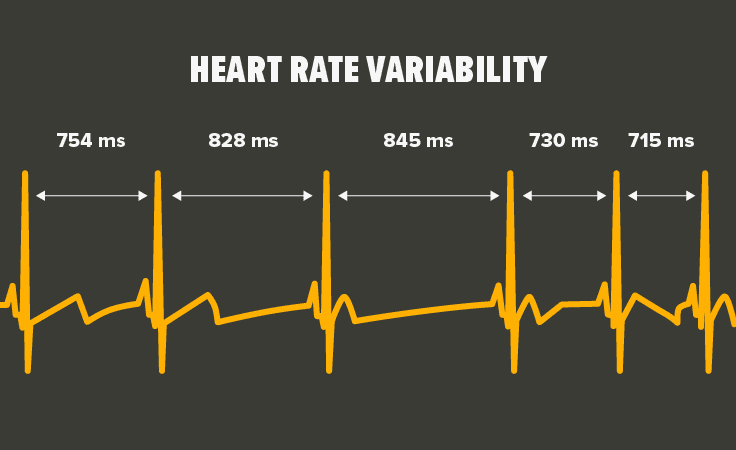
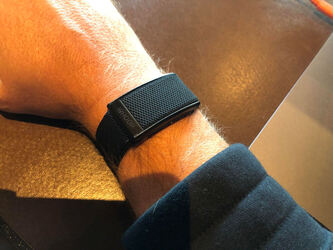
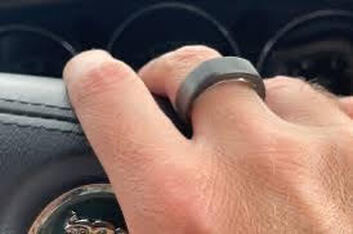
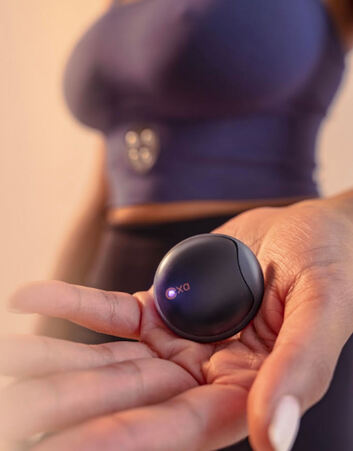



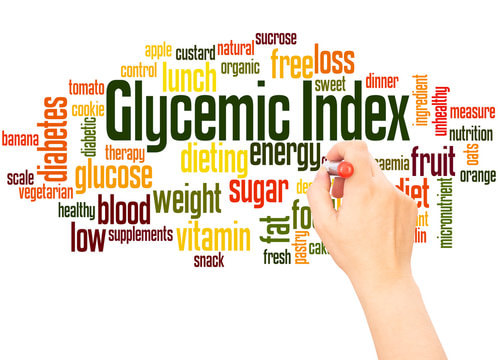

 RSS Feed
RSS Feed